
TAGTIK NEWS - TO THE POINT
Born on May 14: Ian Astbury, some consider him a true Cult
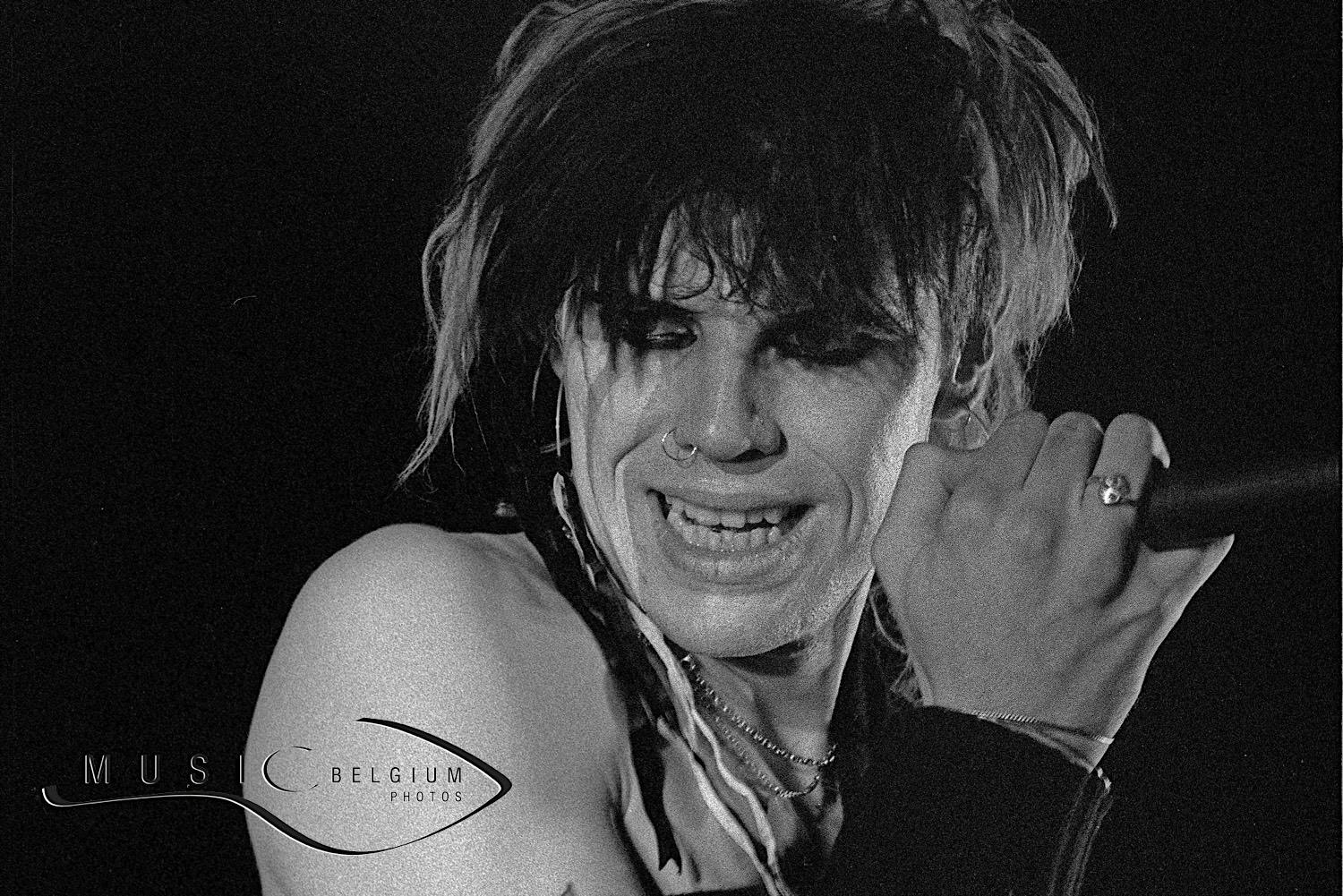
He was born in the small town of Heshwall in north-west England, about 300 kilometres from London, but moved to Ontario, Canada at the age of 11 before returning to Glasgow steeped in Native American culture.
A huge fan of the New York Dolls, Iggy Pop and Bowie in the glam rock era, he only considered going on stage after returning to Glasgow (Scotland) in 1979. Some speak of conversion to a religion after an apparition or an epiphany. Ian Astbury claims to have felt this kind of mystical experience when hearing "The End" by the Doors in the film "Apocalypse Now" (1979) by Francis Ford Coppola. He has, in fact, repeatedly stated that he experienced this moment as a "religious experience". A statement that speaks volumes about this complex figure who is both mystical and rebellious. A sort of rock poet in black leather, steeped in Native American culture and not averse to a touch of gothic romanticism. Complex indeed!
His first band Southern Death Cult sank without trace after only sixteen months of existence and a handful of singles. But Ian Astbury resurrected it like a Phoenix from the ashes with other companions, including the guitarist Billy Duffy who has remained at his side to this day. Death Cult thus came into being and experienced an equally ephemeral existence. It's important to know that Ian Astbury doesn't like sharing responsibilities very much, and even less the decisions.
From 1984, The Cult revolved solely around his personality but nonetheless retained a somewhat chaotic existence punctuated by separations and numerous changes of musicians with the exception of the loyal Billy Duffy, an essential link in The Cult's sound. "Dreamtime" (1984) laid the foundations of a universe both dark and imbued with spirituality which Astbury continued to refine with "Love" (1985) and especially "Electric" (1987) produced by Rick Rubin and which marked an almost hard rock turn including this wild cover of "Born To Be Wild" by Steppenwolf. "I wanted to make a record that stank of sweat, beer and rebellion. We took the guitars, and we burned everything around us," he recently declared to the excellent "Classic Rock" magazine.
Two years later, the album "Sonic Temple" (1989) was released with some of the band's most incandescent anthems like "Fire Woman" for example. And, on stage, you sometimes feel like finding Jim Morrison (The Doors) or, at other times, an Indian shaman. Impressive! Seven studio albums followed until the latest "Under The Midnight Sun" (2022).
Ian Ashtbury even had time to record "Spirit Light Speed" (2020), an album very much in line with his introspective journey. "I have always been searching for something bigger than myself. Music is a vehicle for reaching the invisible," he confided to the American magazine "Rolling Stone".
Celebrating his 63rd birthday today, Astbury is therefore not ready to abandon his fights, for the cause of Native Americans and against devastating capitalism. The concerts that The Cult is about to give in Europe will also be experienced as a social and political platform imbued with mysticism.
Upcoming concerts:
20 June: Hellfest - Clisson (France
24 June: AFAS Live ) Amsterdam (Netherlands)
25 June: Cirque Royal ^Brussels (Belgium)
All dates here: https://thecult.us/DC/index.html
(MH with Stéphane Soupart - Photo: © Etienne Tordoir)
Photo: Ian Astbury with Death Cult at the Futurama festival in Deinze (Belgium) on 4 September 1983
LATEST NEWS
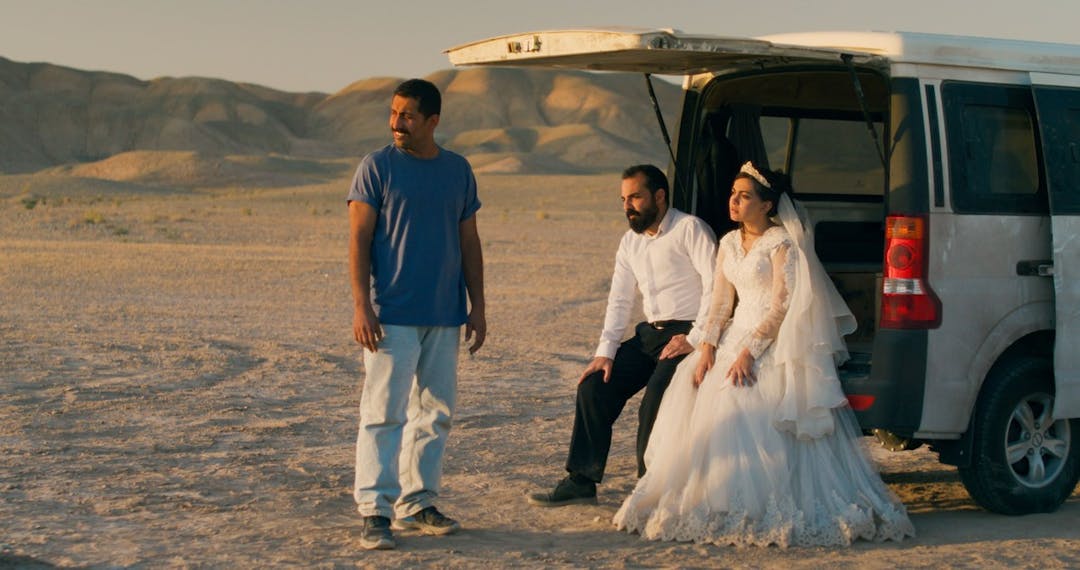
Jafar Panahi Wins New York Award and is Sentenced to Prison by Iran
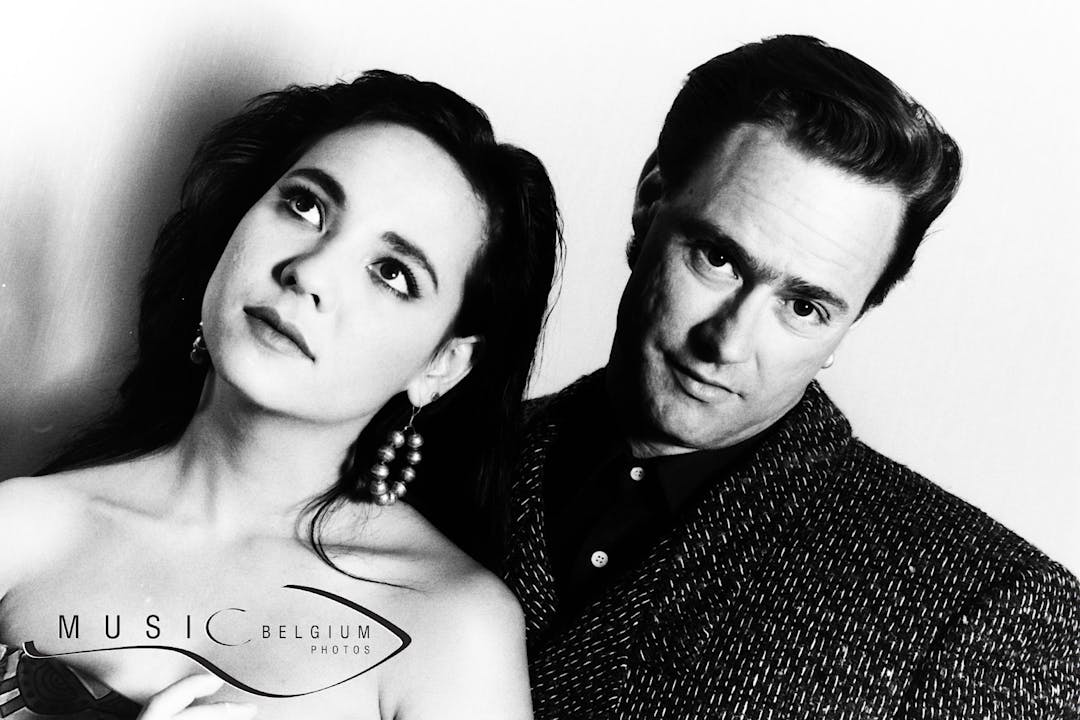
Born on December 2: Peter Kingsbery, founder of Cock Robin with firebrand Ana LaCazio
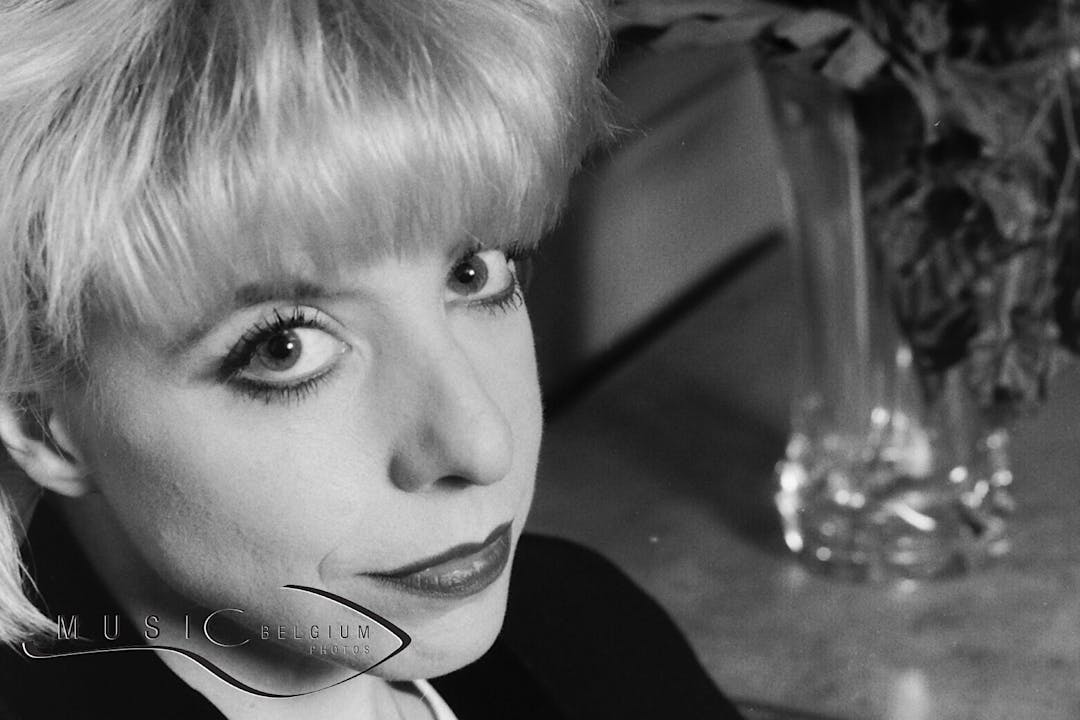
Born on December 1: Julee Cruise, "Twin Peaks'" haunting voice

Born on December 1st: Alain Bashung, French rock poet who waited a long time for success
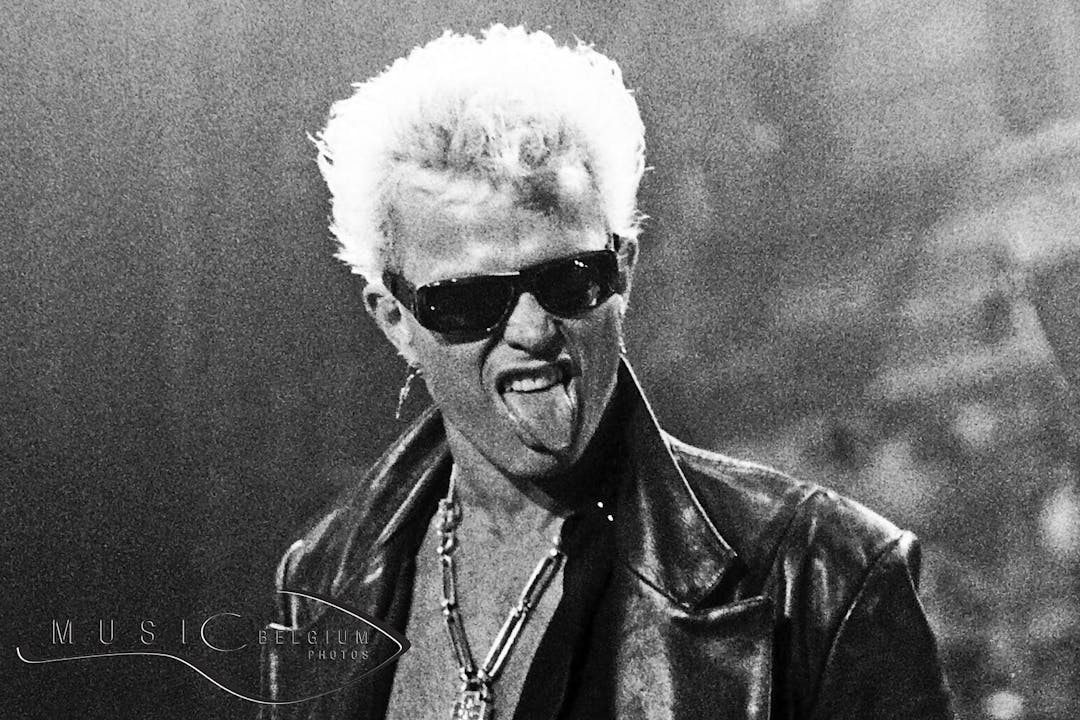
Born on November 30: Billy Idol, the (kind) rebel of Generation X
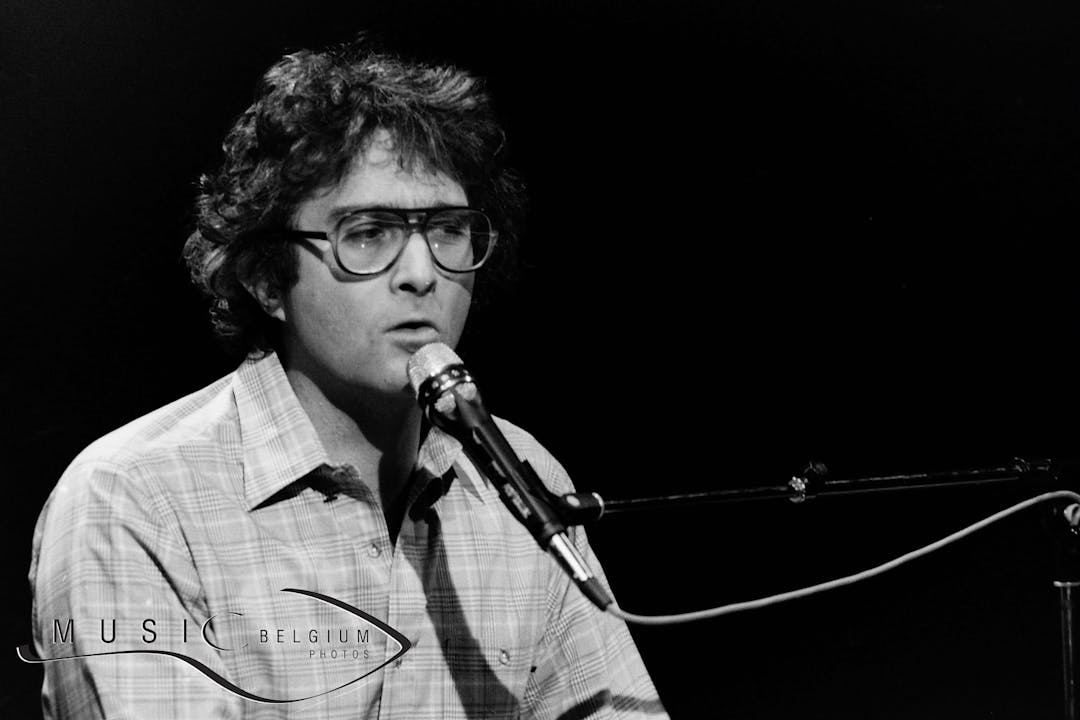
Born on November 28: Randy Newman tells stories and makes movies
Quick links